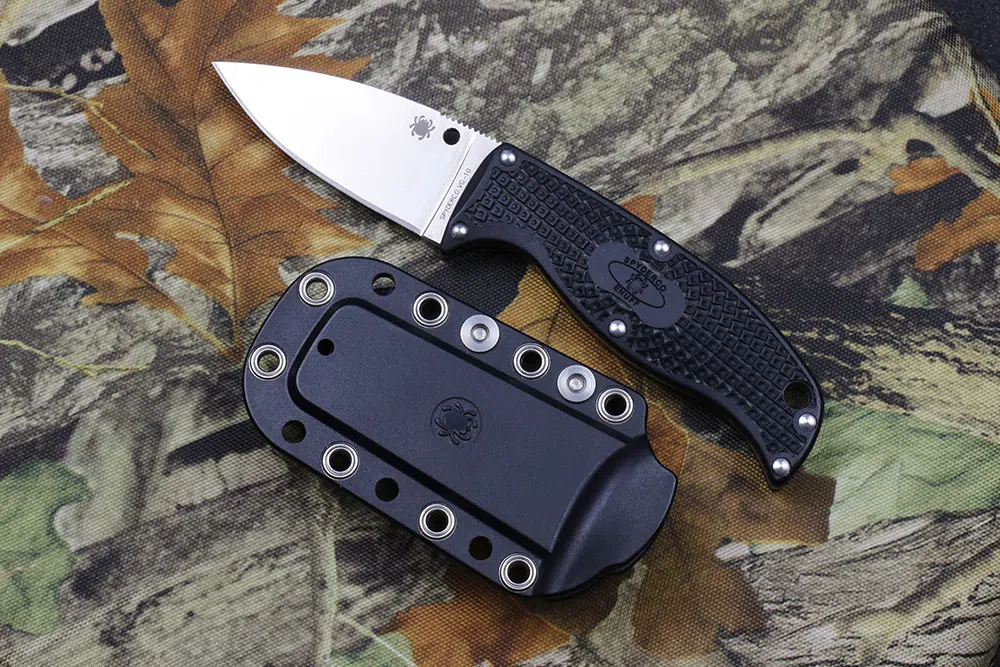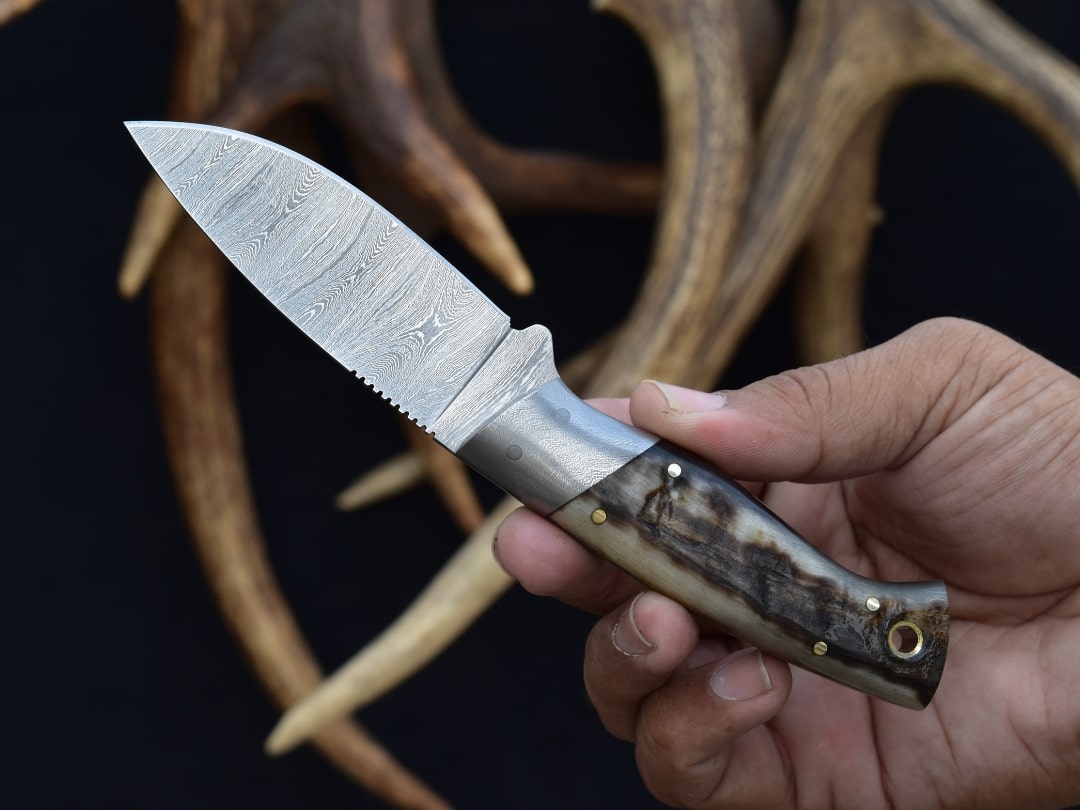For kitchen professionals, the art of cooking is not just about ingredients and recipes. It's about precision, skill, and the right tools. A critical aspect of any kitchen tool, especially knives, is their balance and weight distribution. These factors significantly affect performance, safety, and efficiency in the kitchen. In this article, we'll delve into the nuances of balance and weight distribution and why they matter to every chef and culinary enthusiast.

The Science Behind Balance
When we talk about balance in kitchen tools, we refer to how evenly the weight is distributed along the tool's length. A well-balanced knife, for example, should feel comfortable in the hand and allow for seamless movements. This is crucial for tasks that require precision, such as slicing or dicing.
Balance impacts not only the comfort of using the tool but also its effectiveness. A knife that's too heavy at the blade end can tire the wrist quickly, while one that's too heavy at the handle may not provide the needed control for delicate cuts. Finding the perfect balance is essential for maintaining efficiency and reducing fatigue during prolonged use.
Exploring Weight Distribution in Culinary Tools
Weight distribution is all about how a tool's mass is spread along its structure. In the realm of kitchen knives, this can be influenced by the blade's thickness, handle design, and materials used. A well-distributed weight allows for smoother motions and better control, which are crucial for achieving consistent results.
The balance point of a knife, which is typically located where the blade meets the handle, plays a pivotal role in its performance. This balance point ensures that the knife feels neither blade-heavy nor handle-heavy, facilitating a natural and comfortable grip.
Factors Influencing Balance and Weight Distribution
Several factors determine the balance and weight distribution of kitchen tools:
- Blade Geometry: The shape and thickness of the blade can affect how weight is distributed. For an in-depth understanding, you can explore more about blade geometry.
- Tang Types: The tang, or the part of the blade that extends into the handle, influences balance. Learn more about tang types and their importance.
- Handle Ergonomics: A well-designed handle can significantly improve balance. You can find more insights on handle ergonomics.
Why Balance and Weight Distribution Matter
For kitchen professionals, the right tool can make all the difference. Proper balance and weight distribution ensure precision, reduce fatigue, and enhance safety. An imbalanced tool can lead to slips, inaccurate cuts, and even accidents. Therefore, investing in well-balanced kitchen tools is not just about ease of use but also about ensuring a high standard of culinary excellence.
Moreover, the right balance enhances the tool's longevity. A well-crafted knife with proper weight distribution will maintain its edge longer and require less frequent sharpening, saving both time and effort.
Choosing the Right Tools
When selecting kitchen tools, especially knives, it's essential to consider their balance and weight distribution. Testing the tool in your hand, understanding its components, and considering your cooking style are all important steps in making the right choice. For a comprehensive guide on different types of knives, you can refer to this guide.
Conclusion
In the world of culinary arts, attention to detail can elevate a dish from good to extraordinary. The same applies to the tools you use. Understanding and appreciating the balance and weight distribution of your kitchen tools can transform your cooking experience, ensuring efficiency, safety, and satisfaction.

FAQs
-
Why is balance important in kitchen knives?
Balance is crucial in kitchen knives as it ensures ease of use, precision, and reduces fatigue during extended use. A well-balanced knife allows for smoother motions and better control.
-
How can I test the balance of a knife?
To test a knife's balance, hold it at the point where the blade meets the handle. It should feel neither blade-heavy nor handle-heavy. The knife should sit comfortably in your hand, allowing for natural movements.
-
Are heavier knives better?
Not necessarily. Heavier knives can provide more power for tasks like chopping but may lead to quicker fatigue. It's essential to find a knife that feels right for your hand and cooking style, regardless of weight.
This article contains affiliate links. We may earn a commission at no extra cost to you.


























